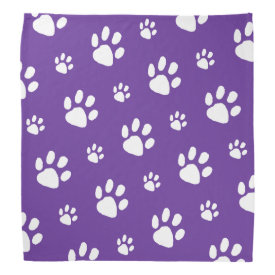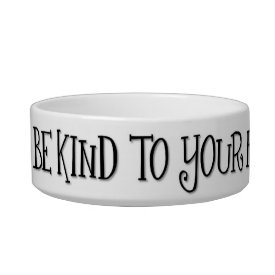Those who are new to cat companionship may find their personalities and behavior to be very surprising. One example is how they bond with humans. Although most enjoy attention, cats are different from other animals such as dogs in how they seek and return affection. Additionally, different breeds of cats may bond differently than others with their owners.
Some experts say that cats are strictly independent animals who have only chosen to associate with humans as a survival strategy. However, experienced cat owners will tell you that cats are actually quite adept at forming bonds with people, although they are very particular. The more time you spend around your cat, the more he or she will bond with you. Over the years, you will find that the bond you create with your pet can grow very strong – into one that simply cannot be broken.
You can tell how your cat is feeling by paying attention to their body language. Some cats will show a lot of affection while others will show less. Here are some ways your cat may show affection for you:
Vocalization: Purring is a complex feline communication tool. While purring is most often associated with a happy, contented cat, some may purr when they are stress or in need of comfort. However, a purring cat laying across your lap or by your side is an indication of a cat that is looking to bond. You can take this as sure sign of feline bliss.
Grooming You: For cats, grooming isn't just about keeping clean. Grooming communicates a cat's fondness for a person, as well as a sense of belonging. It is way for them to signal that they consider you a part of their family.
Rubbing Against You: When your cat rubs his or her head against you, it's not just for a cuddle. They are actually marking you as their property with pheromones released from their face. You can also consider this a sign of affection to you as cats tend to scent-mark the things that are most important to them.
Kneading: This rhythmic, alternating motion is another sign of a happy cat. Your cat may paw you like it once did his mother as a way to show affection and again mark you with its pheromones.
Making Eye Contact: Your cat may show affection to you by slowly blinking their eyes at you. This is known as a "Kitty Kiss" and is a feline social signal of nonaggression. The next time you see your cat do this, return the favor, and give them a kiss back!
Gift Giving: When your cat leaves a dead bird in the middle of the living room or a snake in your bed, it is not meant to frighten you. Indeed, this "gift" is yet another sign of feline affection. So, the proper response is not to yell hysterically, you should instead show your cat how pleased you are that they considered you worthy of such a thoughtful gift.
Welcome Home: Do you see your cat in a window waiting for you to enter your home as you approach the front door? If you have been gone for a while, your cat may rush towards the door and demand your immediate attention. This is normal behavior and yet another sign of affection towards you.
Submissive Behavior: As a sign of complete trust, your cat may roll over and present their stomach. This, in cat behavior, is the ultimate form of submission as it leaves them in a position vulnerable to attack. You should feel honored at this expression of faith.
Following You: If your cat likes to follow you around from room to room, they are showing that they want to be in the same place that you are although they may avoid actual contact. With more aloof cats who shun physical contact, this may be the only sign of affection that you see.
If you have been wondering how cats show affection, we hope that this article has provided some answers for you. However, you should remember that your cat is an individual who will likely show feelings is his or her own way.





0 comments:
Post a Comment